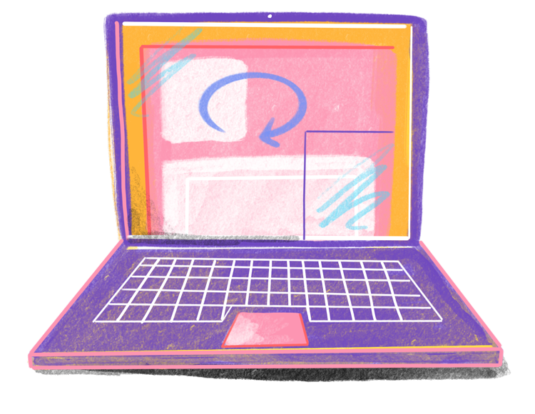Background: Access to online patient portals is key to improving care, but we have limited understanding of patient perceptions of online portals and the characteristics of people who use them.
Methods: Using a national survey of 3677 respondents, we describe perceptions and utilization of online personal health information (PHI) portals.



